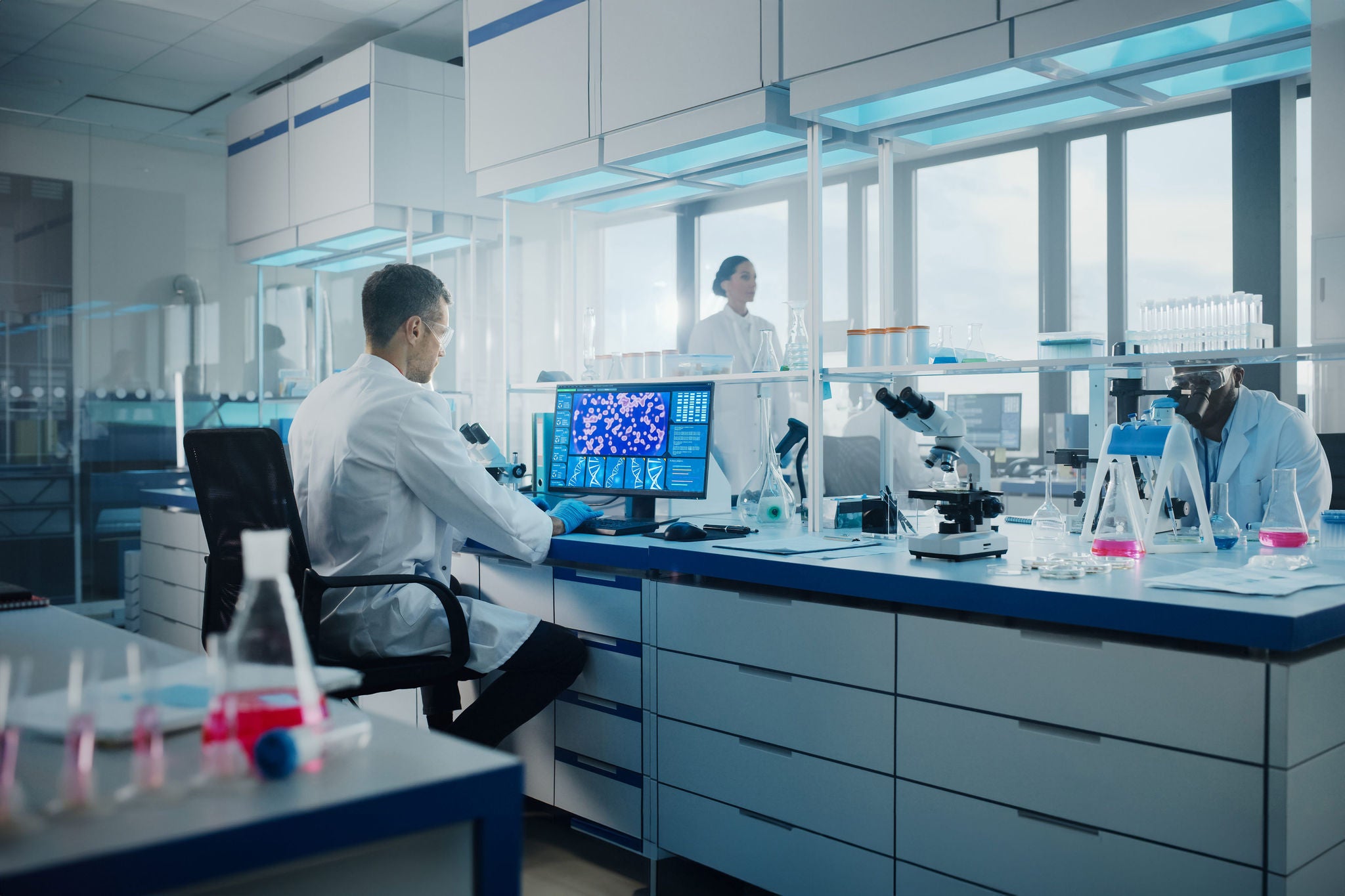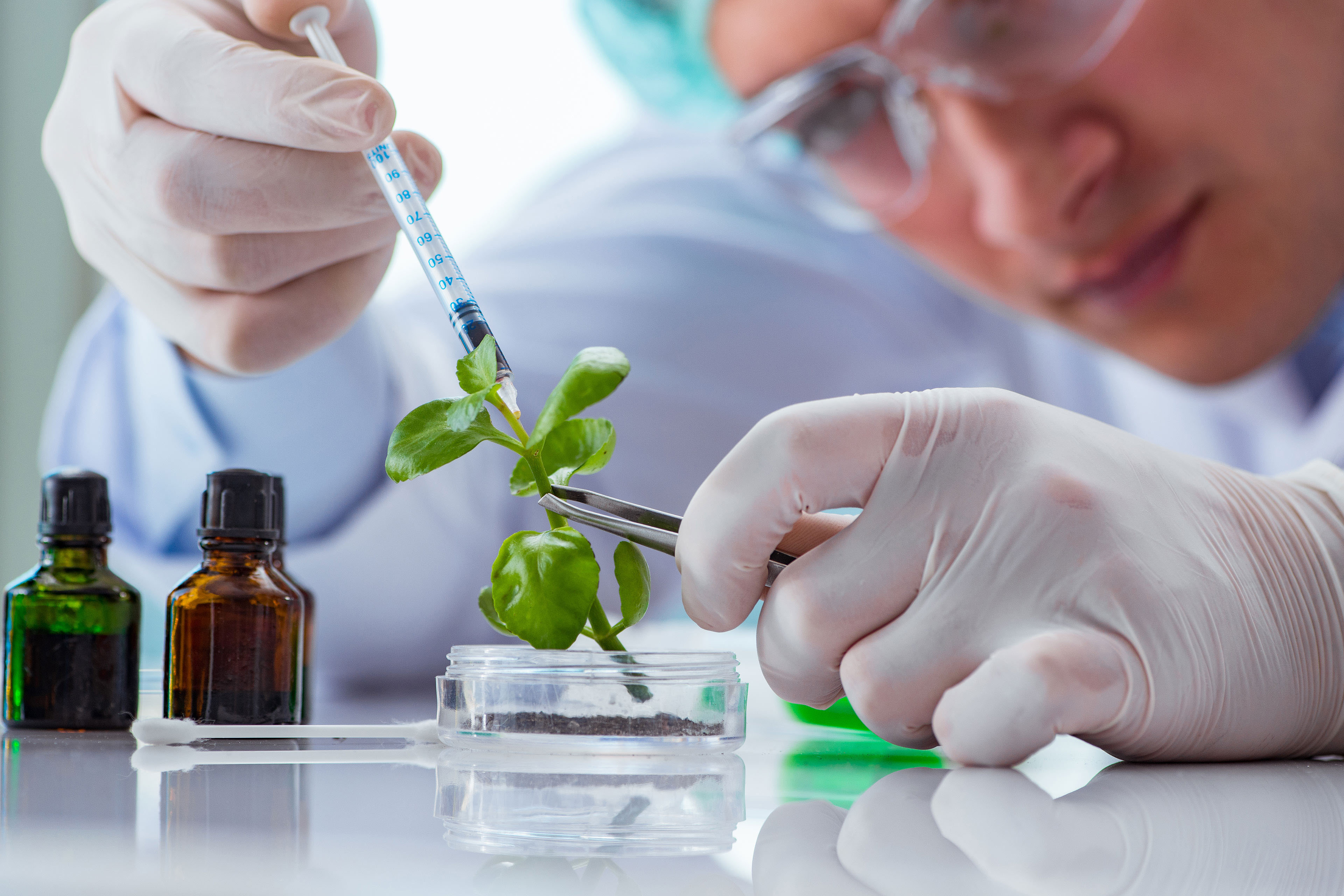Drug development can also be aided by GenAI in several ways:
1. Preclinical testing
GenAI can help predict the toxicity of a drug compound by analyzing chemical structures and potential risks associated with candidate therapies. It can also help forecast pharmacokinetic properties and ADME characteristics of drug candidates, which can inform how a given drug will act against its target, as well as, how safe it is for the patient.
2. Study design
GenAI can enrich data-driven decision-making, such as by helping to improve clinical study design by identifying the most relevant patient populations, endpoints and dosing regimens. It can also predict clinical trial outcomes using historical data to aid in risk assessment and proactive study design adjustments to increase the likelihood of success and reduce costly failures.
3. Automation of administrative processes
GenAI can help optimize resource allocation by predicting which studies are most likely to succeed and have the greatest impact. Additionally, AI technology can also automate administrative tasks, such as patient recruitment, data entry and regulatory document management, saving time and minimizing errors.
4. Regulatory submissions
A combination of both GenAI and more generic AI technology can aid in the integration and analysis of diverse data sources, speeding up the process and reducing errors in regulatory submissions. GenAI can be used to automate compliance checks, reducing the risk of regulatory delays by proactively performing checks against guidelines to ensuring that submissions adhere to all requirements.
Separately, generic AI’s predictive analytics can be used to assess potential risks associated with regulatory submissions to help companies make informed decisions and mitigate delays.
Lastly, natural language processing (NLP), a form of AI, can be used to expedite document creation and validation to enhance overall quality and accuracy in regulatory submissions.
Overall, an EY-Parthenon survey of large, medium and small biopharma sponsors indicates that GenAI is expected to have the largest impact on compound screening and prioritization, target identification and validation, as well as prediction of drug-drug interactions. Lower impact is expected to be seen in biomarker discovery and clinical trial design.
Expected impact of GenAI on cost reduction
EY teams interviewed 15 senior research and development decision makers at biopharmaceutical and biotech companies to get a sense of the potential for GenAI. As the technology is adopted over time, the interviewees agreed, future cost reductions will increase significantly for all phases of the drug development value chain. (Figure 2.) However, the extent of these cost savings might vary significantly across different phases due to the unique advantages and challenges presented by each step.
Interviewees said that in the next three to five years, cost reductions from GenAI across all phases will range from 15% -22%. In five to seven years, cost savings are expected to increase to a range of 22%-33%. Once peak adoption of GenAI is reached, the expected range of cost savings was forecast to be 44%-67%. Primary opportunities for cost reduction, and the average estimate of the decision makers interviewed, include:
- Target identification (67% reduction at peak adoption): Target identification was cited as the greatest cost reduction area as GenAI-powered virtual screening is expected to be rapidly adopted.
- Target validation (66% reduction at peak adoption): Many experts believe GenAI will increase the speed of target validation through virtual drug design and chemical exploration, reducing costs significantly once fully adopted.
- Lead optimization (63% reduction at peak adoption): Lead optimization is expected to experience substantial cost reduction due to GenAI, potentially aided by GenAI's ability to optimize hit compounds rapidly, resulting in a shorter and more efficient lead optimization process. At the same time, the precision of AI in refining chemical structures and predicting pharmacological properties can contribute to this cost-saving potential.
- Study design (62% reduction at peak adoption): GenAI is poised to significantly reduce the cost of study design by leveraging data-driven decision-making. AI's capacity to analyze extensive data sets and identify optimal study parameters might streamline the process, reducing resource allocation inefficiencies. This cost reduction is particularly promising for resource-intensive clinical trials.
Secondary cost reduction opportunities using GenAI
Beyond the primary opportunities for cost reduction are other areas that may be streamlined, though the cost benefits are less sure:
- Administrative tasks (56% reduction at peak adoption): Administrative tasks are essential but not inherently experimental. GenAI can help automate and streamline document management and compliance checks, but the cost savings might not be as pronounced as in other research-oriented phases.
- Hit generation (56% reduction at peak adoption): Hit generation is expected to benefit significantly from GenAI due to its ability to predict interactions and design novel compounds. However, the cost reduction might not be as high as in lead optimization because hit generation often involves more preliminary and exploratory work.
- Regulatory submission (54% reduction at peak adoption): Regulatory submission is expected to benefit substantially from GenAI. GenAI's ability to automate tasks can enhance the efficiency of this phase, reducing costs associated with extensive regulatory compliance.
- Preclinical testing (44% reduction at peak adoption): Although GenAI can predict toxicity and pharmacokinetics efficiently, preclinical testing encompasses a wide range of experiments and assessments, making it less susceptible to dramatic cost reductions. The complexity testing might limit the extent of cost savings.
Figure 2: Impact of GenAI on the cost of drug discovery and early stage drug development







